Humane Pest Prevention: Keep Critters Out with MOUSE SHIELD
As winter approaches and the chill settles across Canada, we seek to cozy up indoors—and so do the small animals and insects living around our homes. When temperatures drop, critters like mice, squirrels, and insects instinctively seek warmer, sheltered spots to nest and escape the cold. This search for warmth can often lead them to our doorsteps, basements, and even inside our walls.
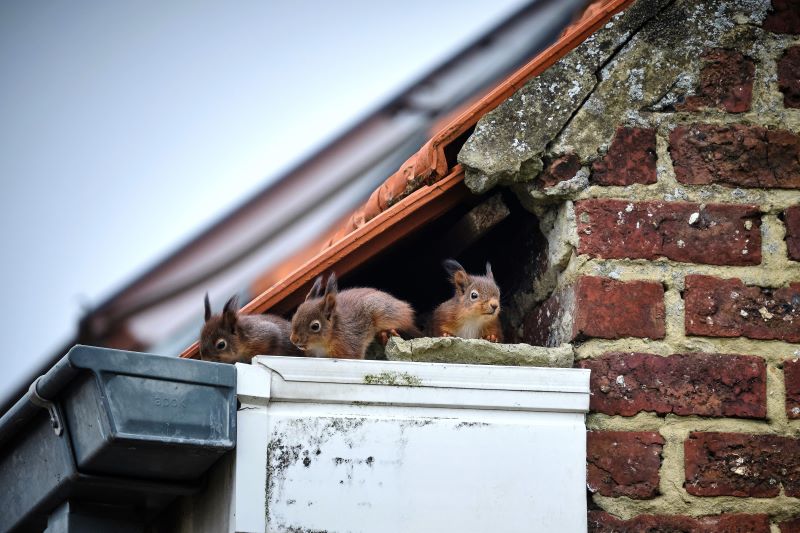
Fortunately, there is a humane way to prevent these animals from making your home their winter retreat. With MOUSE SHIELD Spray Foam Sealant, you can effectively seal off potential entry points, helping to keep them outside where they belong.
This post will cover common entry points for pesky critters and show you how to use MOUSE SHIELD Spray Foam Sealant as a humane pest control solution. You'll also find handy tips for keeping those little visitors at bay all winter while ensuring they stay safe in their natural habitats.
Where Pests Sneak In: Key Areas to Inspect and Seal
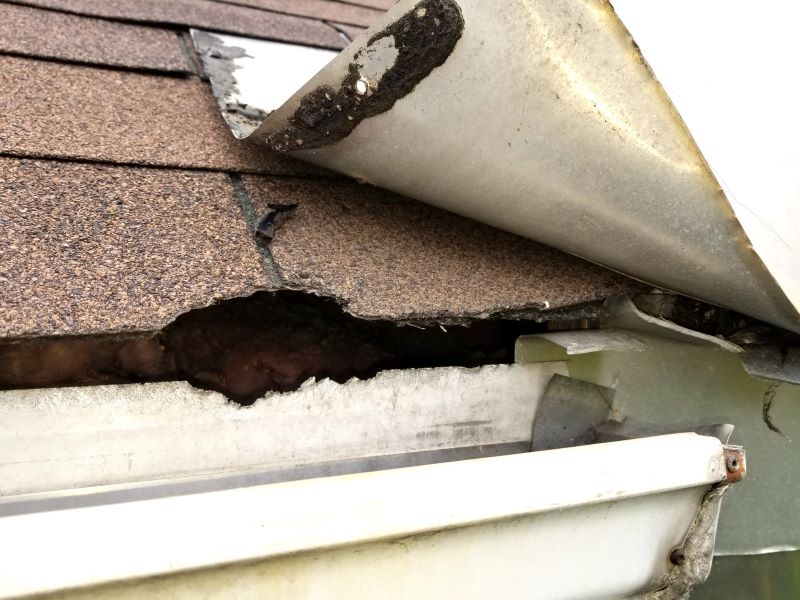
Image from SIA Wildlife Control
Animals and insects find their way indoors through small openings or gaps that often go unnoticed. Understanding these vulnerable areas of your home can help you address them proactively.
- Gaps Around Doors & Windows: These are common entry points, as even a slight gap can be large enough for insects or rodents to squeeze through.
- Foundation Cracks: Over time, homes can develop small cracks in the foundation, especially with the freeze-thaw cycles typical of Canada's climate. Small rodents and insects can take advantage of these openings.
- Roof & Attic Access Points: Birds, squirrels, and even mice may find their way in through loose shingles, attic vents, or chimneys. Warm air rising to the attic can attract animals seeking to escape the cold.
- Utility Penetrations: Any area where cables, pipes, or vents enter the home can be a potential entryway. These spots often have gaps around them, ideal for small animals looking to get inside.
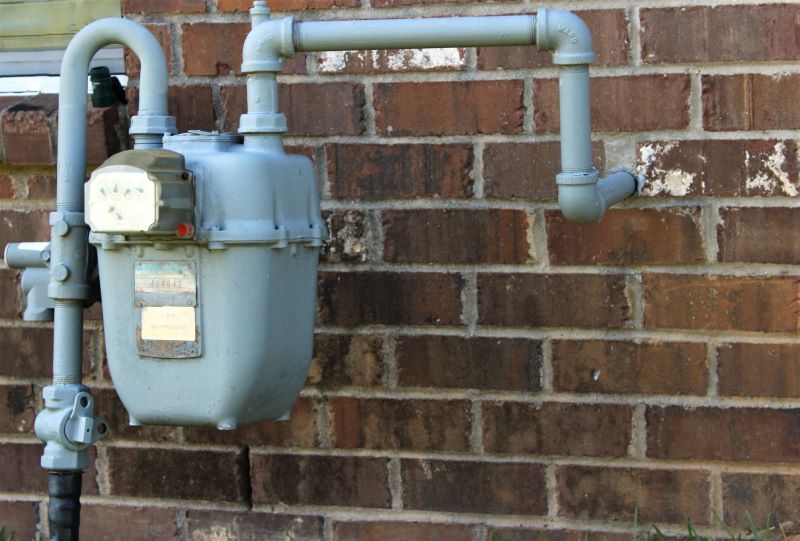
Beyond keeping critters out, sealing these entry points also keeps your home warm and dry. These gaps and cracks also let in cold drafts and moisture, hurting your home's energy efficiency and coziness. Check out our other blog posts for more detailed tips and tricks on winterization projects.
The Easy Way to Block Pest Entry Points
Protect your home from unwanted pests with MOUSE SHIELD Spray Foam Sealant. This specialized foam expands to fill even the tiniest gaps, creating a robust barrier that blocks pests and keeps your home safe.
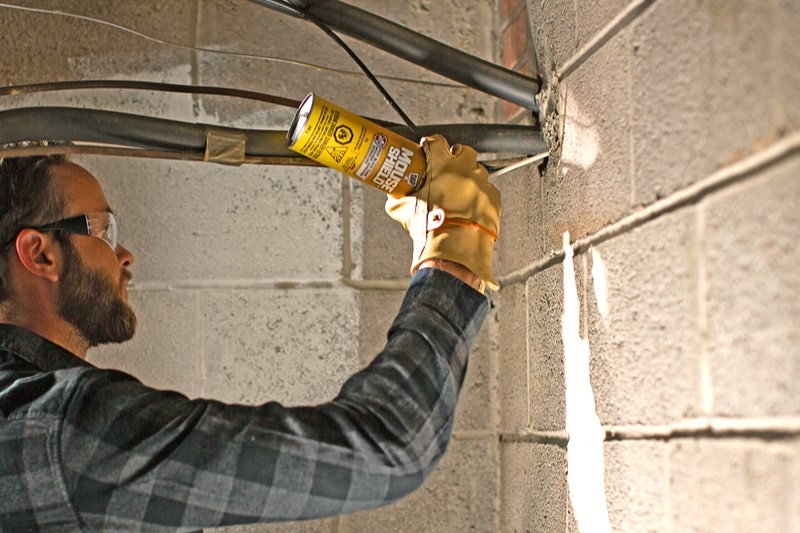
Step-by-Step MOUSE SHIELD Application
- Identify Problem Areas: Start by thoroughly inspecting your home's exterior. Check around the foundation, doors, windows, roof, and anywhere pipes or cables enter the house.
- Clean the Area: Before applying the foam, ensure that surfaces are clean and dry. Removing dirt and debris will help the foam adhere better and form a more effective seal.
- Apply the Foam: Shake the can as directed, and carefully spray the foam to the cracks and gaps. It will expand, so apply sparingly at first.
- Allow Time to Cure: MOUSE SHIELD dries quickly but takes around 24 hours to cure fully.
- Inspect Your Work: Once cured, inspect the foam. Trim away any excess if necessary, and ensure the gap is fully filled. You may also want to paint over it for aesthetic purposes.
Gentle Yet Effective Pest Deterrent Tips
Alongside sealing entry points, you can take a few additional steps during the colder months to discourage animals and insects from getting too close to your home.
Keep Critters from Sniffing Around
Food sources, both indoor and outdoor, are strong attractants for rodents and insects. To prevent drawing critters in:
- Store pantry foods like grains, cereals, and pet food in airtight containers to reduce food scents that could entice animals.
- Take out trash regularly and use trash cans with tight-sealing lids inside and outside. If possible, store outdoor garbage bins in a shed or garage to make them harder for animals to access. Ideally, do not place your green bin outside until the morning of your scheduled pick-up.
Create a Wildlife-Friendly Outdoor Space
Rather than trying to drive animals away entirely, give them alternative shelters and food sources that keep them comfortable outdoors.
- Set up feeders and water sources well away from your home to help wildlife endure the winter months without seeking shelter indoors. Ensure you're selecting appropriate feed for each species and adhering to local municipal guidelines to avoid attracting larger animals or causing harm to local wildlife.
- To give animals a designated nesting area, provide birdhouses or small shelters in safe areas away from your home, such as the far end of your yard.
Bonus Tip: Repurpose Pet Fur for Nesting Material
When you clean out your pet's brush, consider setting the fur outside in a sheltered spot, like near a bush or under a tree. Pet fur is a super plush, insulating material that can help local critters build warmer nests. This small gesture provides additional comfort to wildlife, especially during colder months, while helping them stay outdoors where they belong.
Dog Fur as Nesting Material | TikTok
Tidy Up Your Yard to Minimize Cozy Hiding Spots
Animals often hide in piles of leaves, firewood, or debris near homes. Keeping your yard organized can remove these cozy hiding spots and reduce their interest in approaching the house.
- Rake leaves and clear away brush piles near the home.
- Store firewood at least a few meters from your home, and consider keeping it elevated off the ground. This prevents rodents, spiders, and insects from nesting in the woodpile and easily accessing your home.
- Clear away any old boxes, unused garden pots, or bags animals could burrow under for warmth.
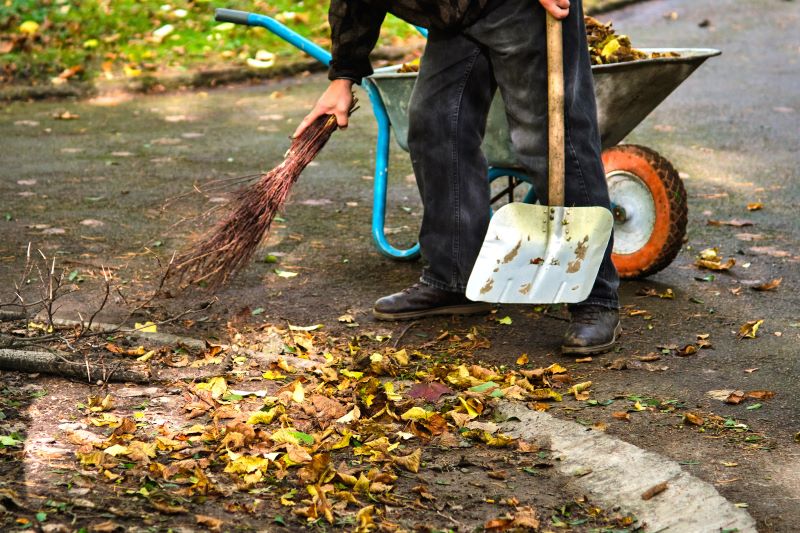
Strategic Landscaping to Keep Pests at Bay
Thoughtfully placed plants and shrubs can add an extra layer of deterrence, keeping pests from reaching your home.
- Plant shrubs and bushes a few feet away from your home's foundation to avoid creating hiding spots near the walls and lower windows.
- Use natural deterrent plants like lavender, peppermint, or marigolds around your home's perimeter. These plants have scents that many animals and insects dislike, making them an effective yet gentle deterrent.
- Keep branches and vines trimmed away from walls, windows, and the roof; this prevents squirrels, raccoons, and other animals from using vegetation as a bridge to gain access to your home.
By taking these simple steps, you can enjoy a pest-free winter while supporting local wildlife. Thank you for reading, and happy winterizing!

 Canada - EN
Canada - EN USA - EN
USA - EN